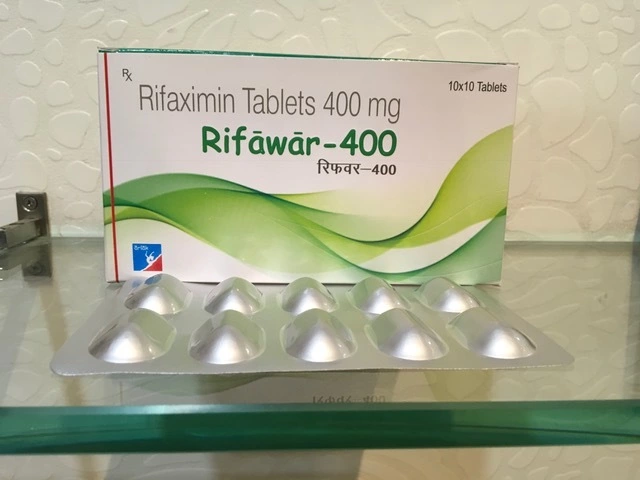Thorazine vs alternatives – Understanding the drug landscape
When exploring Thorazine vs alternatives, a side‑by‑side look at the classic antipsychotic Thorazine and the newer medicines that compete with it. Also known as chlorpromazine comparison, this tag helps patients, caregivers, and clinicians see where the old‑school drug fits in today’s treatment toolbox. The first step is to know what Thorazine actually is, so let’s start there.
Thorazine, the brand name for chlorpromazine, the first widely used antipsychotic introduced in the 1950s belongs to the class of typical antipsychotics. It works mainly by blocking dopamine D2 receptors in the brain, which calms the overstimulation that drives hallucinations and delusions in conditions like schizophrenia. While that mechanism can be life‑changing, it also brings a well‑known set of side effects – muscle stiffness, tremor, and the dreaded extrapyramidal symptoms (EPS). Those risks are why doctors now weigh Thorazine against a host of newer drugs that promise similar relief with fewer movement problems.
Key factors to compare
Typical antipsychotics, the first generation of dopamine blockers such as Thorazine, Haldol, and Fluphenazine share a strong affinity for the dopamine D2 receptor. Their power makes them effective for acute psychosis, but the trade‑off is a higher chance of EPS, tardive dyskinesia, and sedation. When you compare them to the newer class, the picture changes. Atypical antipsychotics, second‑generation agents like risperidone, olanzapine, and quetiapine that also target serotonin receptors still curb psychotic symptoms but usually cause fewer movement issues. Instead, they can raise blood sugar, trigger weight gain, and affect lipid levels. Understanding whether you prioritize minimizing motor side effects or metabolic concerns is a core part of the decision.
Beyond the classic versus modern split, the comparison also touches on practical matters: dosing frequency, cost, and how each drug fits into a broader treatment plan that might include mood stabilizers, therapy, or lifestyle changes. For example, a patient with schizophrenia who also struggles with diabetes may lean toward a typical antipsychotic to avoid worsening glucose control, while someone especially sensitive to EPS might opt for an atypical option. Thorazine vs alternatives isn’t just a headline – it’s a roadmap that guides you through efficacy, safety, and real‑world use. Below you’ll find a curated list of articles that break down each drug’s profile, share patient experiences, and offer tips for making the best choice for your situation.

Thorazine (Chlorpromazine) vs Common Antipsychotic Alternatives: Detailed Comparison
- Date: 9 Oct 2025
- Categories:
- Author: David Griffiths
A thorough comparison of Thorazine (chlorpromazine) with common antipsychotic alternatives, covering efficacy, side effects, dosing, and how to choose the right medication.




